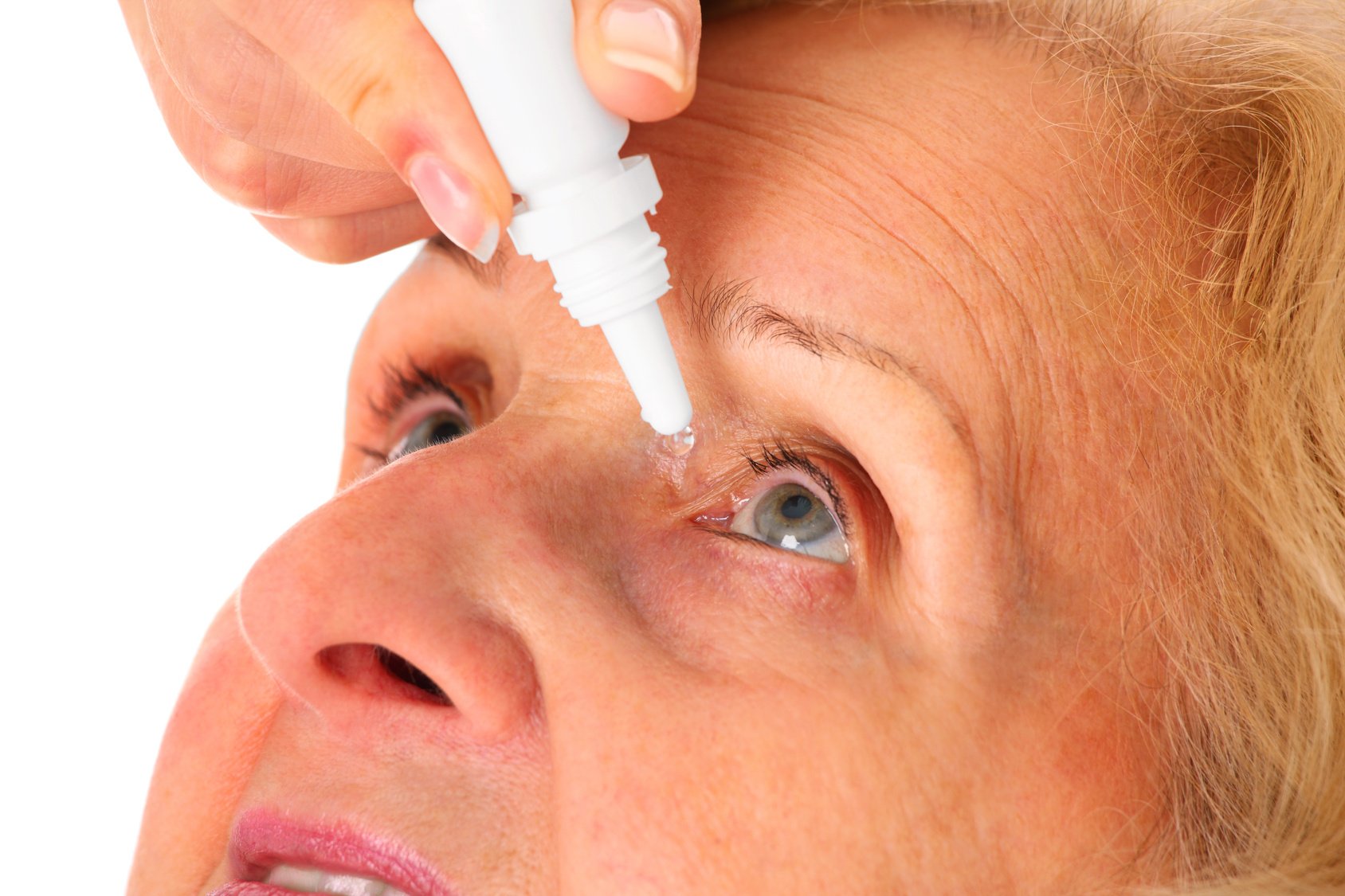All Categories
Featured
We typically hear about securing our skin from dangerous ultraviolet (UV) rays, however did you understand that UV direct exposure can likewise considerably impact your eye health and wellness? Recognizing the results of UV rays on your eyes and how to safeguard them is essential for preserving lasting eye health and wellness.
Kinds Of UV Rays. UV rays are classified into three types:
UVA Rays: These rays penetrate deep right into the skin and can additionally affect the inner layers of the eyes. UVB Rays: These rays primarily cause damage to the skin's surface but can also hurt the cornea and lens of the eye. UVC Rays: While these are the most harmful, they are greatly soaked up by the Planet's ambience and don't get to the surface. Both UVA and UVB rays are hazardous to your eyes, and in time, exposure can cause serious eye problems.
Short-Term Effects of UV Direct Exposure. Also short direct exposure to extreme UV rays can result in instant eye damage. A typical short-term condition is photokeratitis, frequently referred to as "sunburn of the eye." Signs of photokeratitis include:
Soreness and irritation. Sensitivity to light. Tearing or watery eyes. A gritty sensation, as if something is embeded your eye. While the signs and symptoms of photokeratitis are momentary and normally resolve within a day or more, duplicated cases can have cumulative effects on your vision.
Long-Term Effects of UV Direct Exposure. Persistent UV exposure can add to several major eye problems, consisting of:
Cataracts: In time, UV rays can trigger clouding of the eye's lens, resulting in cataracts, one of the leading reasons for loss of sight worldwide.
Macular Deterioration: Long term UV exposure can harm the retina, specifically the macula, bring about age-related macular deterioration (AMD), which impacts central vision.
Pterygium: Likewise referred to as "web surfer's eye," this problem entails the development of a fleshy cells on the white component of the eye, which can expand over the cornea and impact vision.
Skin Cancer Around the Eyes: The fragile skin around the eyes is at risk to UV radiation, enhancing the risk of skin cancer, such as basic cell carcinoma.
Pinguecula: UV direct exposure can also result in yellowish deposits on the conjunctiva, which can create inflammation and discomfort.
Exactly How to Shield Your Eyes from UV Rays. Wear Sunglasses with UV Defense: Always pick sunglasses identified as obstructing 100% of UVA and UVB rays. Wrap-around styles give added defense by blocking UV rays from the sides.

Make Use Of a Wide-Brimmed Hat: Hats with a large border can reduce UV direct exposure by approximately 50%, supplying added protection for your eyes and face.
Prevent Height Sun Hours: UV rays are greatest in between 10 a.m. and 4 p.m. Restricting your outdoor tasks throughout these hours can aid lessen direct exposure.
Do Not Forget Concerning Youngsters: Kid's eyes are much more sensitive to UV rays, so ensure they put on sunglasses and hats when outdoors.
Use UV-Blocking Contact Lenses: If you put on calls, ask your eye treatment carrier regarding UV-blocking lenses for added defense.
Stay Protected Year-Round: UV damages isn't limited to summer; rays can mirror off surface areas like water, sand, and snow, making eye defense needed all year.
Verdict. Securing your eyes from UV rays is vital to protecting your vision and total eye wellness. By taking easy preventative measures like using UV-protective sunglasses, restricting exposure during height hours, and frequently visiting an eye treatment specialist, you can secure your eyes from the hazardous impacts of UV radiation.
Latest Posts
Discover Limited-Time Auto Repair Offers in Chicago at Montclare Auto Repair
Check Out Outstanding Auto Repair Care in Chicago – Expert Care for Your Vehicle
Recognizing Roofing Guarantees: What Homeowners Ought To Know
More
Latest Posts
Discover Limited-Time Auto Repair Offers in Chicago at Montclare Auto Repair
Check Out Outstanding Auto Repair Care in Chicago – Expert Care for Your Vehicle
Recognizing Roofing Guarantees: What Homeowners Ought To Know